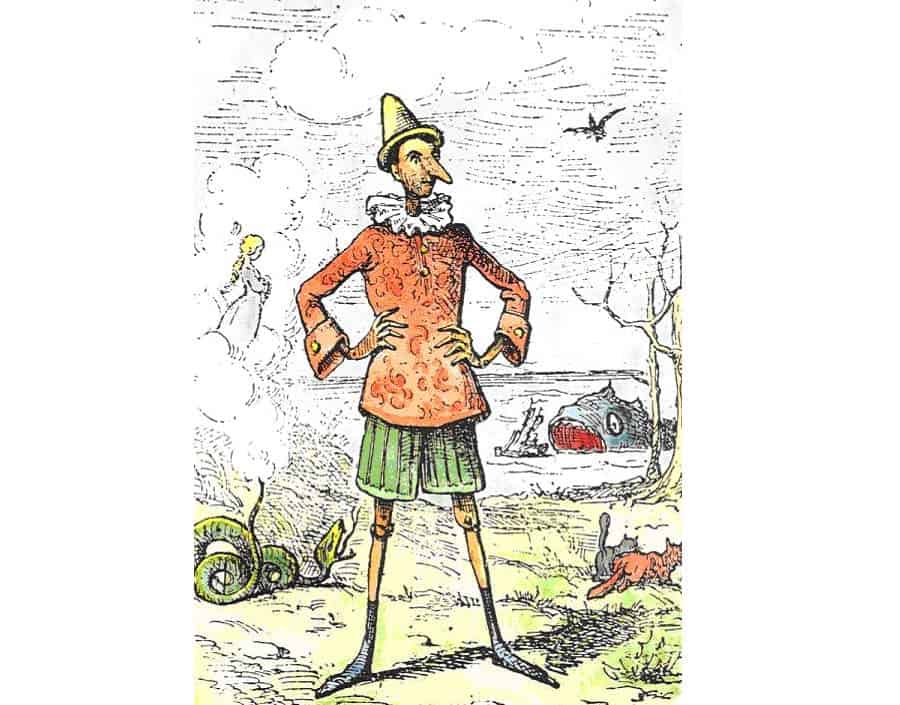Parents tell their children that ‘lying is bad’ but not everyone takes their word for it. One study wanted to learn what kids actually think about lying and enlisted 100 children aged six to twelve years of age to get to the bottom of things. Their findings suggest that all children understood a lie when they saw it but as they grew older truth and lies became less binary.
The consequences of telling the truth of lying
The researchers at McGill’s Dept. of Educational and Counselling Psychology showed the children a series of videos featuring childlike puppets who either lied or told the truth. That wasn’t all the videos showed, though — children could also see what the outcomes of this puppet show were. For instance, in one scenario a puppet essentially made a false confession (basically lying) which harmed themselves but helped another. Another video shows one puppet essentially the truth but in doing so caused harm to someone else. This latter tattling behaviour proved important in understanding children’s morals later in the study.
After watching each video, the children were asked if the puppets were either lying or telling the truth. They were also asked if their behaviour should be rewarded or punished.
“Looking at how children see honesty and deceit is a way of gaining insight into different stages of moral and social development,” explains Professor Talwar. “Children get a lot of messages from their parents saying that lying is always bad, but at the same time they see their parents telling ’white’ lies to make life easier. Depending on their age, this is likely to be a bit confusing for children. We were interested in gaining a more nuanced picture of children’s perceptions of truth and lies – since not all lies have negative consequences for the other person, and not all truths have positive consequences for someone else. We were curious to know at what age children start to understand this.”
No matter their age, children were under no difficulty to discern between truth and lies. That was the easy part. When it was time to judge the puppets’ behaviour, the children also passed with no difficulties, with two notable exceptions.
Younger children had problems assessing false confessions and tattling. Young children saw false confessions as more negative than older ones. As for truth-telling that bore negative consequences for someone else, older children were more conflicting about it, the team reported din the journal International Review of Pragmatics.
The researchers conclude that younger children see the world more starkly — truth is good, lying is bad. But this worldview changes by the time they reach age 10 or 12 as they become more aware that truth and lies aren’t black and white. In other words, they become more aware of the consequences, some of which are more complex like those potentially stemming from tattling.
“They are also more able to start looking at the intentions behind the speech,” Shanna Mary Williams, the student who recently completed her PhD at McGill and did much of the research on this study.
One takeaway for parents and teachers, the researchers say, is that they should be more involved with them in conversations that involved truth or lie telling, starting at age six.










